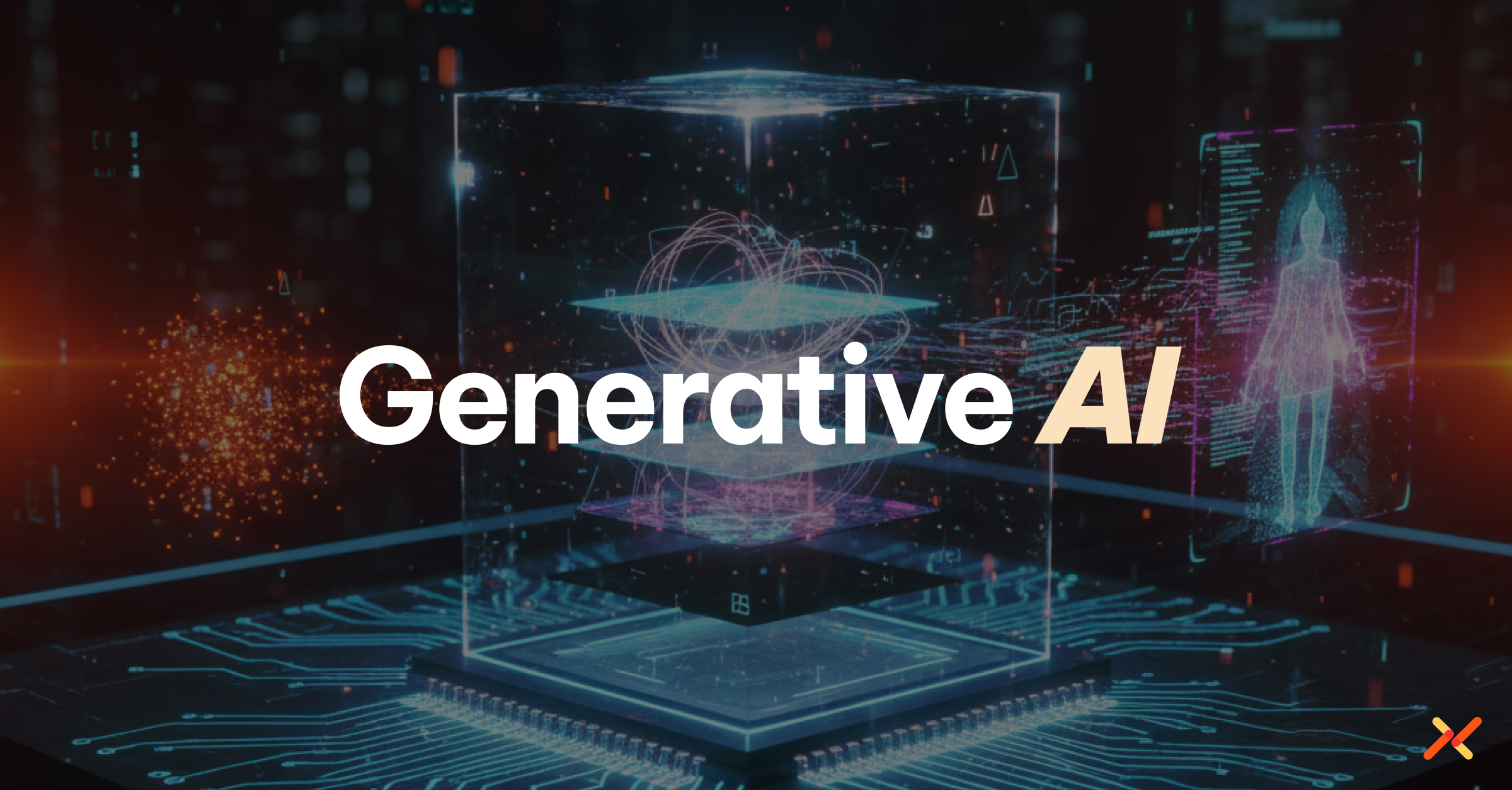Generative AI refers to systems that can create new content, such as text, images, code, or audio, based on patterns learned from large datasets. Unlike traditional predictive AI that classifies or forecasts, generative AI produces original outputs in response to prompts or contextual inputs.
How It Manifests Technically
Generative AI systems are typically powered by large language models (LLMs), diffusion models, or transformers that learn complex relationships between data points. In practice:
- Models like GPT, Claude, Gemini, and Stable Diffusion are deployed as API-accessible workloads, often consumed by applications, agents, and other AI systems.
- These systems rely on inference APIs and often integrate via SDKs or cloud endpoints, requiring authentication and scoped access to model capabilities.
- Many enterprise applications now embed generative AI as a co-pilot or agent, connecting directly to data repositories, CRMs, or developer environments.
Such integrations make generative models active participants in enterprise identity and access ecosystems, not just passive tools.
Why This Matters for Modern Enterprises
Generative AI transforms productivity, creativity, and automation, accelerating everything from customer service to software development. But its integration into enterprise systems introduces new governance and security needs:
- AI models can access or generate sensitive business data.
- Outputs may affect compliance, privacy, or reputational risk.
- Every prompt, response, or API call must be traceable to a trusted actor, whether human, workload, or agent.
- The shift from human-driven actions to machine-driven execution requires strong identity assurance for both the calling applications and the AI services themselves.
Common Challenges with Generative AI
- Workload identity and provenance: Determining which workload, user, or agent invoked a generative AI system and ensuring that the AI model itself runs in a trusted, attested environment.
- Credential sprawl: Long-lived API keys for LLM services (e.g., OpenAI, Anthropic, Google) are often stored insecurely or shared across environments.
- Data leakage and prompt injection: Sensitive enterprise data can be exposed through unguarded API requests or context-sharing.
- Unauthorized tool access: Embedded agents that can call external systems via LLM reasoning may perform actions beyond intended policy scope.
- Auditability gaps: Tracking which identity generated which output, with what context, is difficult without unified observability.
How Aembit Helps
Aembit secures generative AI workloads by treating model endpoints, inference APIs, and calling agents as verifiable non-human identities under centralized policy.
- It authenticates both the agent calling the model and the model endpoint itself, using attestation and federated trust providers.
- It eliminates static API keys by brokering short-lived, scoped credentials or enabling secretless authentication for AI and LLM APIs.
- Policies enforce least-privilege access, defining exactly which workloads or agents can invoke generative models and under what posture or environment.
- All generative AI access events are logged with full identity context, who called the model, from where, and what was accessed, enabling audit and compliance.
- By embedding identity and access governance directly into AI execution, Aembit prevents key sprawl and unauthorized AI actions while preserving innovation velocity.
In short: Aembit transforms generative AI from a security gray zone into a governed, identity-aware workload, ensuring every model call, output, and action is trusted, auditable, and compliant.
Related Reading
FAQ
You Have Questions?
We Have Answers.
What differentiates generative AI from traditional AI or predictive analytics?
Generative AI goes beyond predicting or classifying outcomes—it actually creates new content (text, code, images, audio) based on learned patterns rather than simply responding with existing categories or values.
How do enterprises ensure data privacy when using generative AI models?
Key practices include: anonymizing or sanitizing input data; restricting the types of data sent to external model APIs; deploying models in private or on-premises environments; and controlling access to model-inference endpoints with strong identity/authentication mechanisms.
What should organisations evaluate before adopting generative AI into production workflows?
They should assess: the maturity of their data infrastructure (can the model safely access relevant, high-quality data?), integration readiness (can it connect securely with existing systems/tools?), governance and controls (how will prompts, outputs, access, and identity be managed and audited?), and ROI/impact alignment (does the use case truly benefit from content generation rather than simpler automation).
What governance or compliance issues are unique to generative AI?
Issues include: accountability for AI-generated content (who is responsible for what is produced), copyright or intellectual-property implications of generated outputs, prompt or context leakage (sensitive data inadvertently exposed in generation), model hallucinations or inaccurate outputs, and ensuring traceability of which workload or agent invoked the generation and why.

